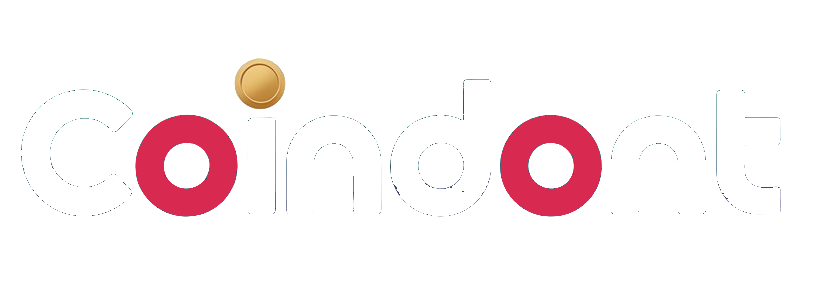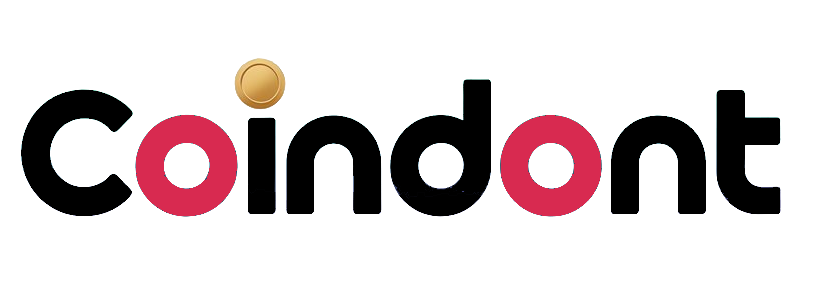In what way does the blockchain landscape parallel the Caribbean region? Its collection of decentralised networks, independent from one another and operating in isolation, is like a cluster of islands, much like the geographical location.
And what is the main drawback of this setup? Simply put, the absence of a scalable architecture capable of serving all potential users. The result is a fragmented ecosystem where assets, data, and users lack the freedom and flexibility to move smoothly across chains.
The core issue at stake, what the blockchain ecosystem is striving for, is interoperability. Now, hold on. Claiming that interoperability does not exist would be an overstatement, as centralised bridges currently provide a form of it.
So, there is already a solution. Yes, but at what cost? The very existence of these bridges threatens decentralisation and trust minimisation, two of the most fundamental philosophical pillars of blockchain technology.
Multisignature relayers, the intermediaries between blockchain networks, validate information exchanged across chains, thereby facilitating interoperability. This process, however, centralises control and also introduces trust assumptions, requiring users to believe that these centralised entities will manage their data ethically and without using it for other purposes.
Another major concern with these centralised entities is their impact on security. In fact, many have been compromised in the past or have even acted maliciously. Over 60% of all crypto hacks stem from the failure of centralised bridges, resulting in huge losses. To put it in context, four of the top five incidents listed on the cyberattack tracking platform Rekt leaderboard involve bridge hacks. These numbers not only prove that bridges are critically vulnerable but they also underscore the urgent need for another interoperability solution.
Is there a way to make communication between blockchain platforms more direct and free from intermediaries? Yes, there is.
The Architecture
Built to empower users to move freely across different networks, the Web3 Foundation has designed a decentralised bridge that not only enables interoperability but also upholds the core philosophy of blockchain technology. Since security and reliability are concerns associated with centralised interoperability solutions, this trustless bridge protocol operates directly between Proof-of-Stake blockchains.
Such a bridge protocol, between independent blockchains X and Y, enables Y to fetch the latest finalised state root of X and verify its finality. This structure, apart from unlocking swaps, asset transfers, cross-chain governance, and more possibilities, does not rely on any additional trust assumptions such as the existence of honest relayers.
Moreover, trustless bridges typically require running a light client on the target chain to store block headers. This on-chain computation, apart from being scarce, is also costly. For this reason, the Web3 Foundation design enables an Ethereum smart contract to track Polkadot’s finality.
BEEFY in Action
Snowbridge, a trustless bridge, enables the transfer of assets between Polkadot and Ethereum without intermediaries. The Random Sampling BEEFY protocol supports Snowbridge by providing crypto-economic security. Projects such as Mythical Games’ migration and Hydration’s campaign, which required cross-chain interoperability, secure transfers, and decentralised infrastructure, have leveraged this bridge to achieve their goals.
Players and developers could transfer tokens from Ethereum to Mythos on Polkadot thanks to Snowbridge. Without this bridge, and relying on intermediaries, the migration of Mythical Games would have been extremely complex and time-consuming. Snowbridge also supported Hydration’s “GigaHydration” campaign, so users could transfer tBTC, wstETH, stablecoins (USDC, USDT), LDO, and SKY into Polkadot.
Moreover, Snowbridge is unlocking possibilities for DeFi, gaming, and governance by connecting Ethereum with Polkadot and its parachains. Through these initiatives, Snowbridge facilitates cross-chain use cases, bringing valuable liquidity from Ethereum to Polkadot.
What not to forget:
- Decentralised bridges enable a wide range of applications, including asset swaps and chain migrations.
- By adopting Random Sampling BEEFY, cross-chain communication becomes more secure and efficient than ever.
- One key advantage of Random Sampling BEEFY is its ability to reduce operational costs without compromising bridge security.
- Random Sampling BEEFY fuels Snowbridge, which will become a cornerstone of Web3 infrastructure.
- With growing interest in interoperable DeFi, NFTs, and AI-powered applications, Polkadot is ready to support the next wave of innovation across the ecosystem.


